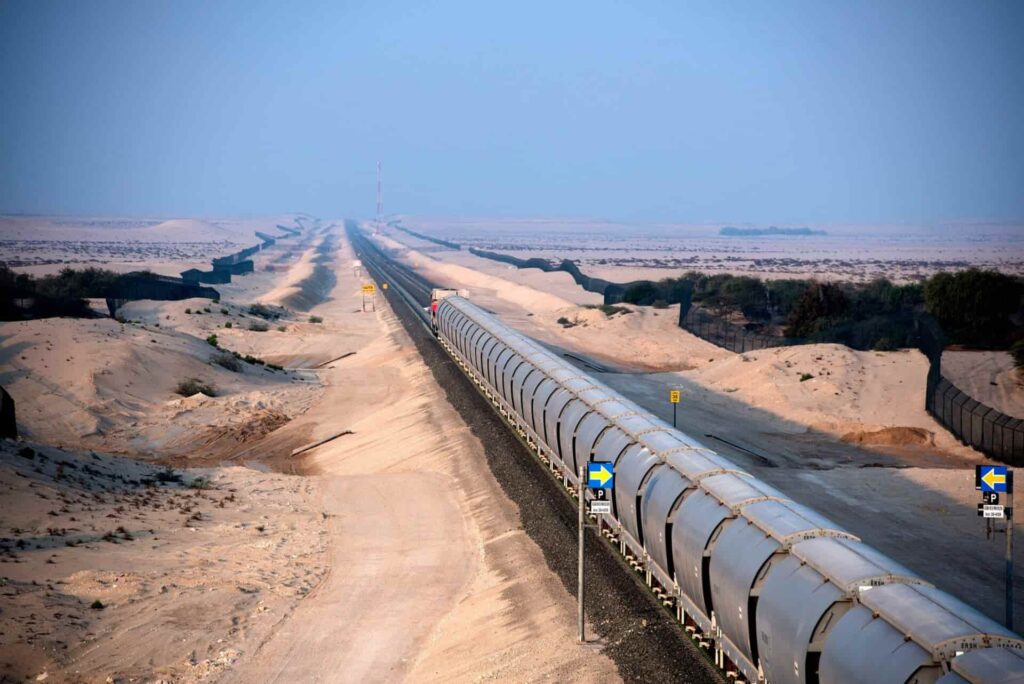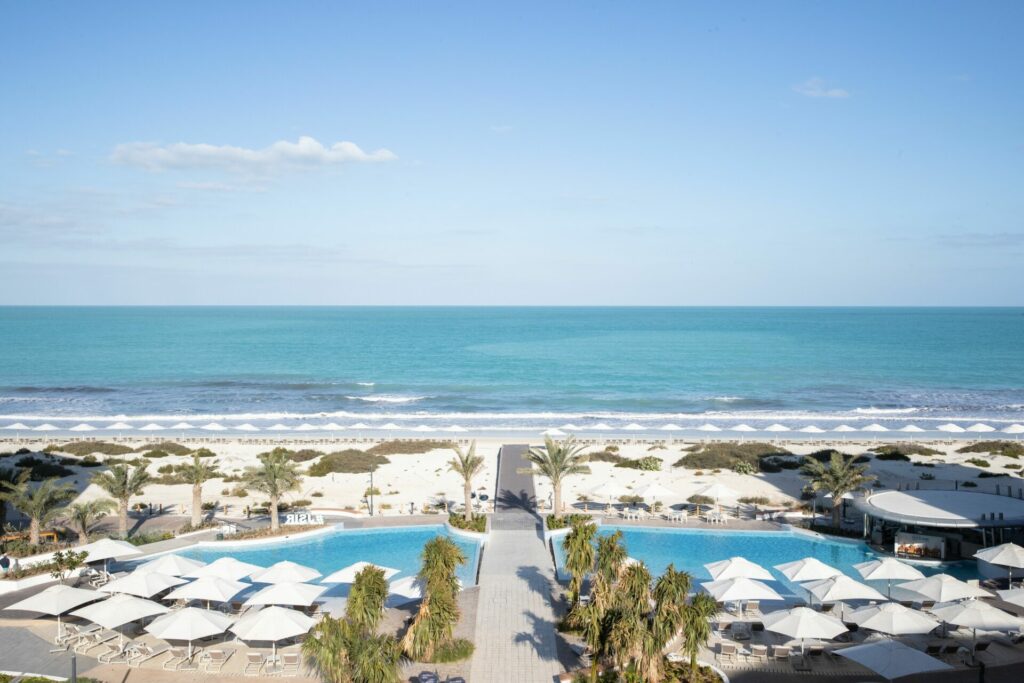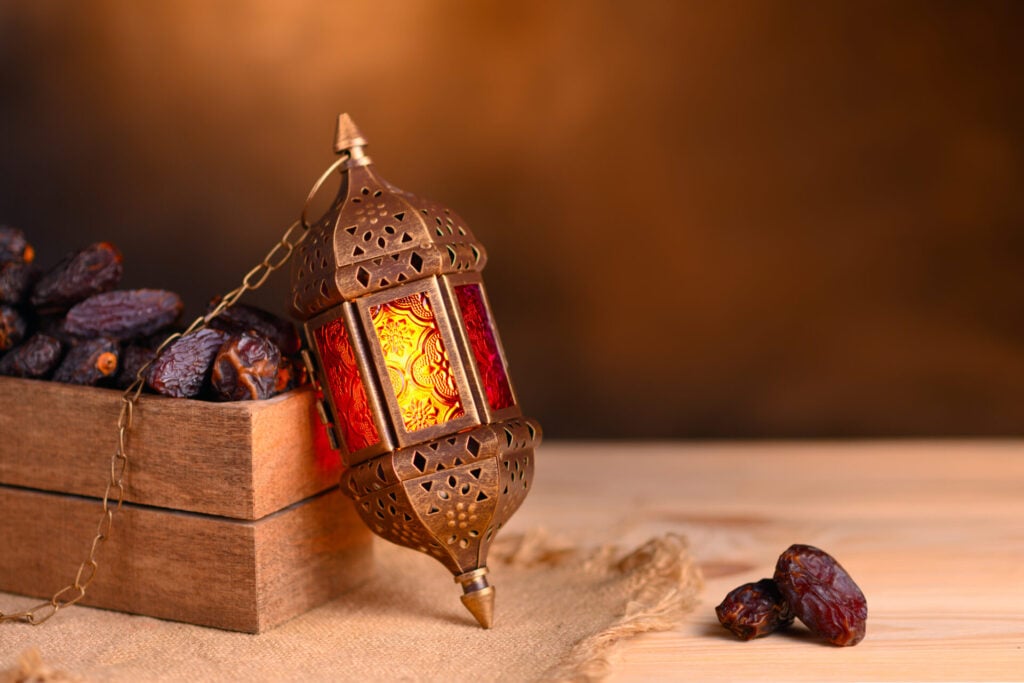Recent research shows that by 2030 approximately 127 million additional vehicles will be produced around the world. With the global transportation sector one of the main contributors to air pollution and the largest producers of carbon emissions, we don’t need to be scientists to understand this is bad news.
In Dubai, almost 2.5 million driver’s licenses were issued in 2020 alone and it is estimated that every second person owns a private vehicle in the city. It’s a staggeringly high figure and points to a need for more residents to embrace the vast public transport system that the city has to offer. When you consider that one full carriage in public transport is comparable to nearly 55 cars on the road carrying a single occupant, it makes perfect sense on an environmental level.
The good news is that the Roads and Transport Authority (RTA) reported a huge increase in the use of the city’s public transport and shared mobility services over the last two years, with total commuters hopping on and off metros and buses rising from 200 million in the first half of 2019, to just over 300 million in the same period this year.
Great news for the planet and for the pockets of those commuters opting for the greener form of travel. It’s been estimated that public transport users can save up to four times the money used by personal car owners. And let’s not forget the physical and mental health benefits associated with an increased daily step count.
With so many options and reasons to embrace the sustainable switch, we breakdown the city’s affordable and convenient public transport services to help you contribute to a better version of #TheAirWeShare.
The Dubai Metro

An electric and driverless train that has served well over 1.7 billion passengers since opening in 2009, the metro is reducing congestion and greenhouse gas pollution significantly. The Red and Green Lines span 90km connecting Al Mamzar in the north to Jebel Ali in the south of the city and more recently Expo 2020 City. The 64 stations link to the Monorail Line for Palm Jumeirah, the Tram Line for Dubai Marina, the Bus Line, and the Ferry Route.
Easy to navigate, you can find maps of the Red and Green Lines on the RTA app that show you the seven zones of Dubai, with each zone accessing Metro, Bus, Tram, and Water Bus stations. Riders are charged by how many different zones are passed through during a single journey including the different modes of transport if used within 30 minutes between changes.
The Tram Line

This newest addition to Dubai’s transport system stretches 10.6km through Dubai Marina with 11 stations connecting JBR, Marina, Al Sofouh and the Palm Jumeirah Monorail. Directly linked to the Dubai Metro at DMCC station, it cruises through the Marina down the Jumeirah beach road with large windows to take in the views. Each tram can carry up to 400 passengers and like the metro, has cars reserved just for women and children.
The Monorail Line

The Palm Jumeirah Monorail is an iconic way to see the the only public transport system available on the Palm Jumeirah and connects directly with the Tram Line carrying passengers for 5.5km across the man-made island. There are five stations for residents and tourists alike to get from the mainland to the Golden Mile Galleria and Nakheel Mall all the way to The Pointe and Atlantis Aquaventure waterpark. Travellers can buy monorail tickets online via the Palm Monorail website or from service desks at the stations via cash, credit or debit cards.
The Bus Line

Covering over 80 per cent of urban Dubai through a 1,518-bus fleet , this service has 119 internal lines, 35 linking to the metro and intercity lines connecting to other emirates.All timetables, station maps are available on the RTA app. They also provide a ‘plan your journey’ tool making it easy for a novice rider by including all the other modes of transit, the overall travel time and total ride rate. The RTA also recently announced the first fully Electric Bus trial route, running on sustainable technology that takes you from La Mer to Al Sufouh with various stops along the way.
The Ferry Route

This is one of the ideal ways for tourists and residents to see the city’s sites and coastline in an air-conditioned ride. Holding up to 98 passengers it has six routes including coastal and intercity lines. Ride from Dubai Marina Mall, with scenic routes that sail around the coast of Palm Jumeirah, continuing past the Burj Al Arab and choose to dock at Dubai Canal or go down the Dubai Creek for some old town views.
Careem BIKE

This bike rental scheme is the most sustainable option for inner city transportation. The Careem BIKE app can be downloaded and bike docking stations are dotted along the city accessible from all communities, pedestrian areas, and to/from metro stations. Paid subscriptions start from AED20 a day or AED50 for the week.
Lime Scooter

A greener mode of transport around the city, this scooter service is easily accessible in all major areas by downloading the app. Pay-as-you-go with the option to group book 10 minutes free ride time with four other friends or 1 hour starting at AED35, you will find these scooters sitting freely on the walkways through all major pedestrian areas.
Etihad Rail

The UAE’s National Railway project, set to fully open in 2030, will be one of the most transformational public transport networks in the region. The freight and passenger railway network will span across 1,200km from the Oman border to the edge of Saudi Arabia connecting the seven emirates to the GCC.
Pursuing carbon neutrality is on the top of the UAE’s priority list and this railway is a key component in the economic and environmental development strategy. With stage one fully operational since 2016, transporting commercial freight, the full UAE network is already 70 per cent complete. The second stage is the Rail Passenger Services that will connect 11 cities within the UAE, at a speed of 200km/h allowing passengers to travel from Abu Dhabi to Dubai in 50 minutes.
The completion of the project will provide a fully integrated network of sustainable transportation options in the UAE, delivering financially viable opportunities needed for all to live in an eco-friendly environment.













